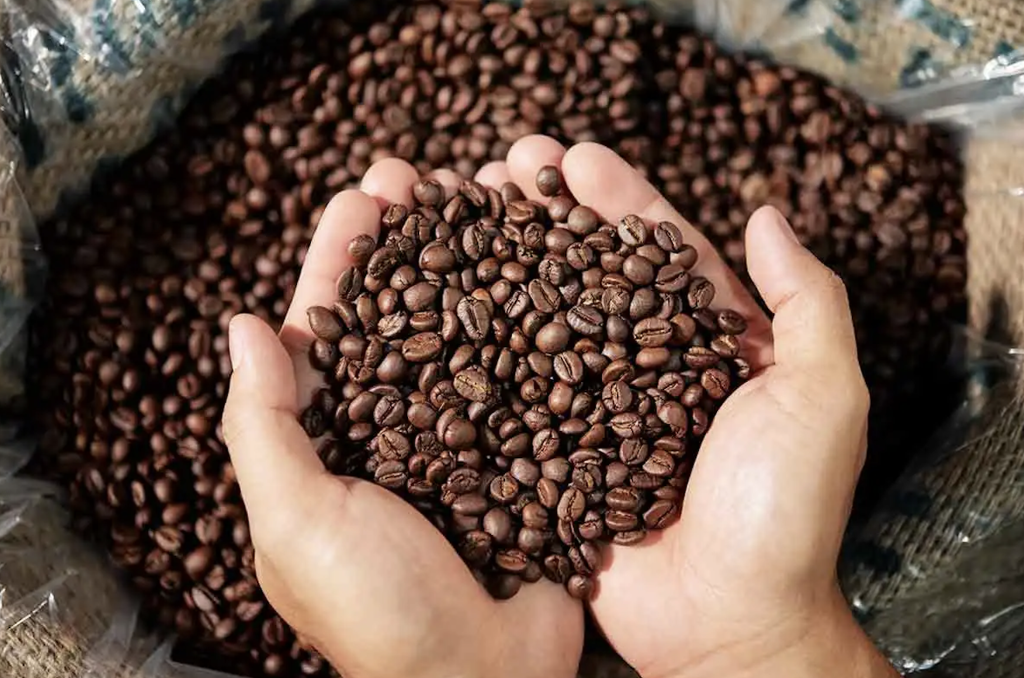
On the other hand, fermentation is the basis of many different foods and beverages that we also love: wine, in the first place, beer, yogurts, sausages, kefir, and sourdough bread… fermentation has accompanied humankind for centuries to preserve or transform what we eat.
In the case of coffee, fermentation until recently had only two outlets: the default or used it as a means to remove the mucilage (honey) from the bean as a washed process.
In Barista competitions, the terms anaerobic fermentation, double fermentation, and carbonic maceration,… and we also hear it in exclusive coffee competitions as a cup of excellence; many of the precursors of this movement could be natural processes. The last frontier in specialty coffee processes until recently.
In the process of drying coffee with its cherry (natural process), unpleasant fermentation notes have been found when not adequately controlled. Still, a natural process with adequate control can provide notes similar to liquor, which is very pleasant and appreciated! This could be fermentation. Later on, it would be normal that intentional coffee fermentations would make their incursion. Not those intended to remove the mucilage in the fermentation piles, but those seeking a better taste.

Coffee growers have begun to process their coffees by leaving them to ferment in water and in covered containers for X amount of hours. Some have tried to control only the amount of hours, while others are controlling other factors such as temperature and acidity.
But why fermenting is interesting? the general, very general principle of fermentation is that microorganisms take elements present in our food: usually sugars, and break it down into two energy molecules for them. This leaves as a product another substance: it can be alcoholic, and lactic, among others.
Coffee has sugars. In fact, it is normal for coffee growers to measure the sugars in their fruits in order to find the optimum ripening point. The honey or mucilage of coffee contains sugars… and roasters play with the sugars of the coffee bean to give it its roasting profile.
The microorganisms that make fermentation possible (yeasts, bacteria) act in the absence of oxygen. Although it is true that some of them can act with oxygen, this would not be a fermentation but oxidation; a different biochemical process. Thus, all fermentation is anaerobic (without oxygen), by definition.
We know of other foods that exist and have different types of fermentations and these are defined by the microorganisms that act in them and what they produce.
Grape juice becomes wine thanks to an alcoholic fermentation made by yeasts called Saccharomyces cerevisiae. In yogurts, on the other hand, lactic bacteria act by transforming lactose (sugar) into lactic acids.
In coffee, the aforementioned can be worked with the purpose of enhancing exotic flavors such as tropical fruits, or those more defined and pleasant liquor notes, a silkier body, or a brighter acidity.
But this takes knowledge, discipline and control. Not precisely to be a scientist, but to manage some principles. Knowing that it is not a matter of leaving the coffee in a covered container for X amount of hours, but that each fermentation has its own guidelines. And to improve the innocuousness of the coffee process, that is to say, to avoid the contamination of undesired microorganisms.
This subject has been understood by experienced coffee growers who work their fermented coffees in a separate zone, in containers made for the process, using valves to annul the entrance of oxygen, measure the temperature, pH, and time of each one of their processes, and they are investigating it more and more in-depth, these producers want to professionalize this part of their process to obtain more value from their coffee and the highest quality.
The horizon points towards an even more sophisticated production of specialty coffee. Because it would be necessary to improve the stages in the coffee process, just as we have been improving and innovating up to now.
We talk a lot about the similarities between wine culture and coffee culture. In the case of wine, the treatment given to the grapes is not only focused on the vines and the harvest, but also on its processing. Coffee has its own history and is about to write a new chapter using food science to continue providing us with extraordinary coffees that give better returns to the efforts of coffee growers, now more than ever!
